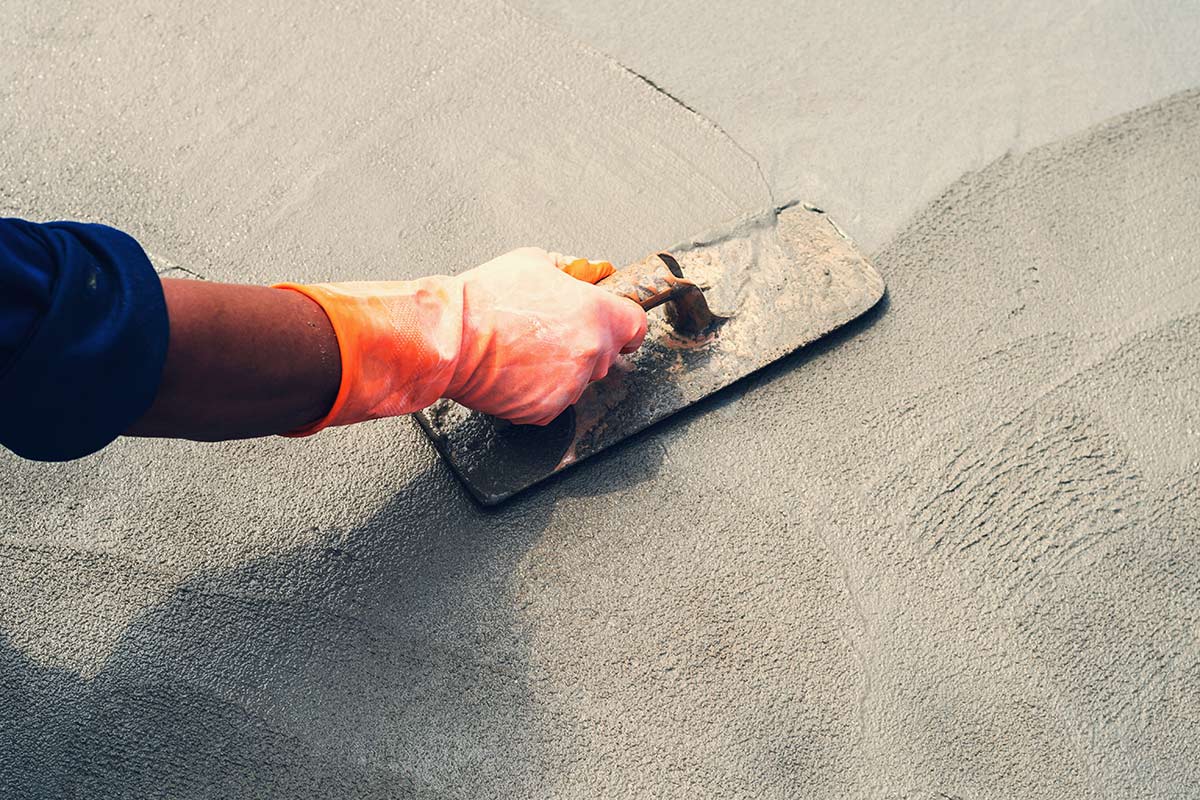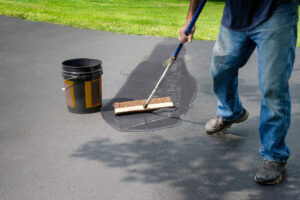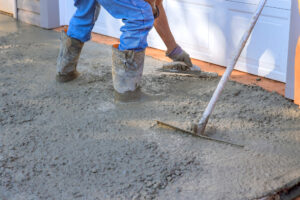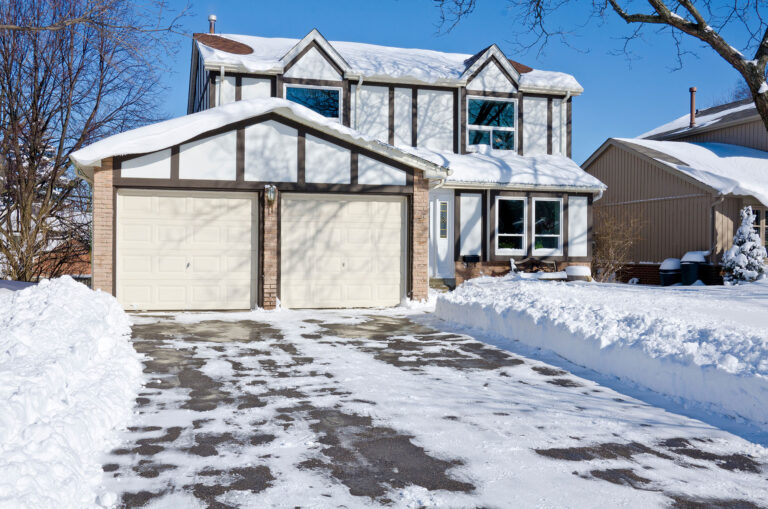
What is the Best Temperature to Pour Concrete
If you’re planning to put up a new basketball net for the kids or set up a workshop in your backyard, you’ll need to use concrete. Keep in mind that newly poured concrete doesn’t become hard and durable right away. It usually takes at least 4 to 8 hours for the concrete to harden, and then an additional 24 to 72 hours to fully cure. Therefore, it’s crucial to pour and cure the concrete at the recommended temperature.
How Concrete Works
When concrete is mixed correctly, it becomes a valuable material that consists of aggregate and paste. The aggregate is made up of a specific combination of sand and broken gravel, while the paste is made up of water and cement. The resulting mixture can be poured and molded into various shapes and customized molds.
The process of curing begins when the concrete mixture comes into contact with water molecules and chemically reacts. This creates a strong and cohesive substance. However, extreme temperatures, whether low or high, can impact the curing process. Therefore, it is necessary to maintain the optimum temperature for concrete curing.
The Risks of Pouring Concrete at the Wrong Temperature
When concrete is poured in hot weather, the water in the mixture can evaporate, making the concrete weaker and more likely to develop abnormalities in shape. This could cause it to flake, chip, or crack when subjected to pressure.
If the weather is too cold, pouring the concrete mixture may result in a slower curing process. Although this may not appear to be significant, it can cause serious structural harm to any structures or materials being supported, as the slow curing concrete may shift over time.
If temperatures drop below freezing, the water in concrete can freeze and make it break. These cracks may be visible right away or they might form in the center of the concrete and go unnoticed until something heavy is put on top of it, which can cause it to collapse.
The Ideal Temperature for Pouring Concrete
To prevent problems, it is recommended to pour concrete when the temperature ranges between 50 to 60°F. If the temperature drops below 50°F, the curing process will slow down, and if it goes below 40°F, there is a risk of water in the cement freezing.
To ensure the structural integrity of poured concrete, it’s important to prevent water from evaporating during curing if the temperature exceeds 60°F. You can prevent this by watering the concrete regularly after it has hardened. For optimal curing, lightly spray the concrete 5 to 10 times a day during the first 72 hours to provide additional hydration. However, be sure to wait until the concrete has hardened, which can take 4 to 8 hours, before spraying it.
The Best Season for Pouring Concrete
Pouring concrete during summer may seem like a good idea, but the high temperatures can make it challenging. This is because the optimal temperature for pouring concrete is between 50 and 60°F. To ensure the best results, it’s advisable to pour concrete during the cooler months of the year when temperatures are more moderate.
Depending on your geographical location, this could refer to the spring, fall, or even the winter if you live in a warm place. It’s best if the temperature during the day stays between 50 and 60°F. Additionally, ensure that the temperature at night doesn’t dip below 40°F as this could freeze the water in the concrete, potentially causing it to crack and break.
Does Time of Day Matter?
To achieve the proper consistency and finish for your concrete, take into account not only the temperature but also the time of day and weather conditions. The best time to pour concrete is before 10 a.m. or after 8 p.m. to avoid the hottest part of the day. If you’re worried about working with concrete in the summer heat, consider pouring it at night to give it more time to harden and cure before morning.
It’s not recommended to pour concrete when it’s raining, even a small amount of rain can cause damage to freshly poured concrete. However, after 4 to 8 hours, the concrete becomes hard enough that rainwater can aid the curing process by providing extra hydration, much like using a garden hose to water the concrete.
Learning how to mix, pour, and cure concrete for DIY projects at home can be easy, but there are a few important factors to consider to ensure a strong bond between the aggregate and paste. If done correctly at the right temperature, concrete can be a durable and long-lasting material with low maintenance needs. It’s important to take the time to learn the proper techniques for mixing, pouring, and curing concrete to achieve the best possible results.





